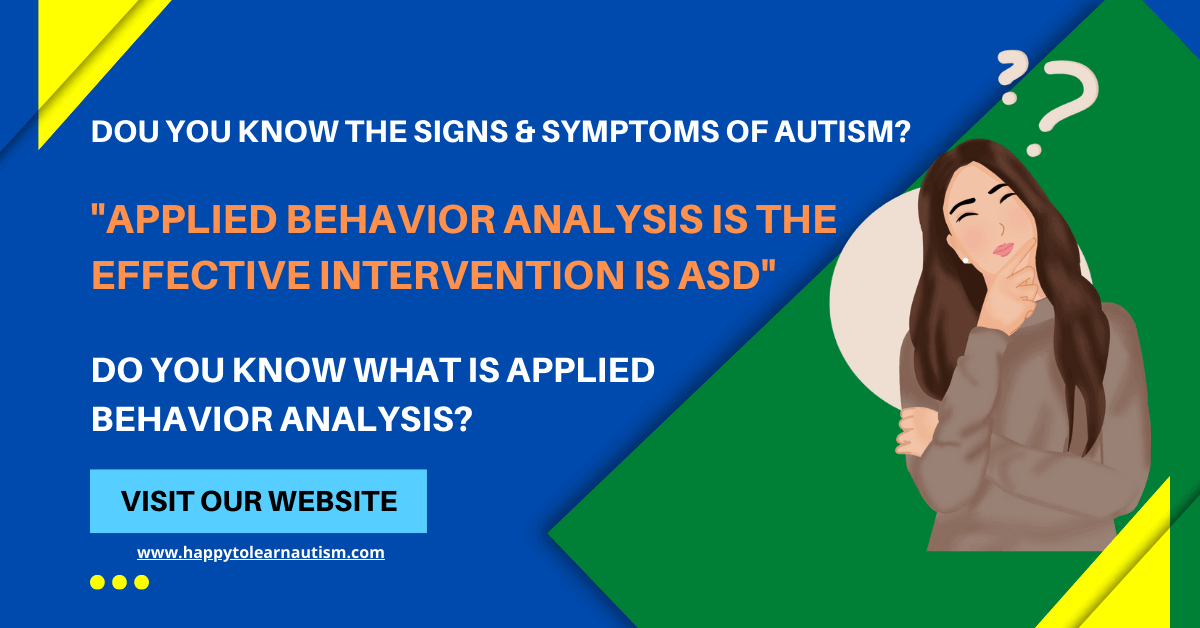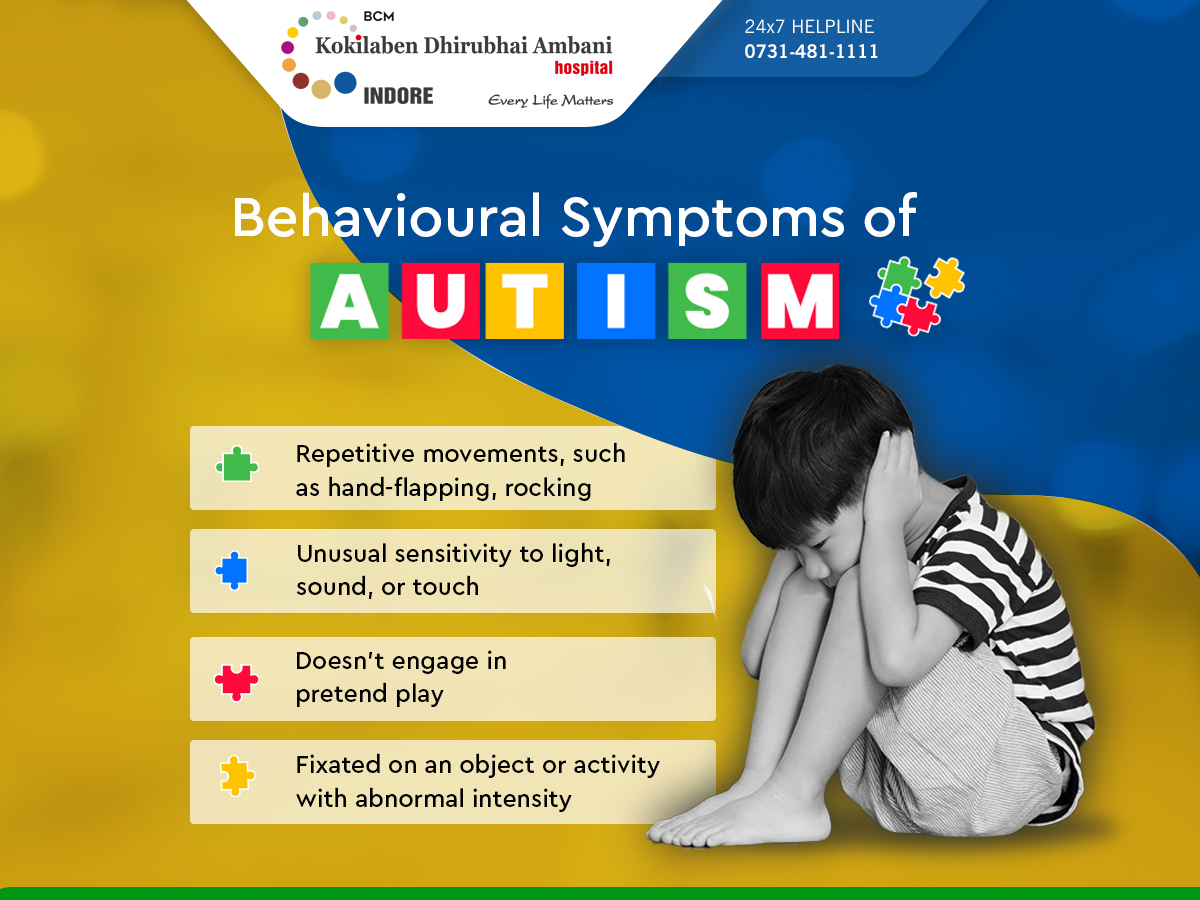How experts in Autism Spectrum Therapies address nonverbal communication barriers
How experts in Autism Spectrum Therapies address nonverbal communication barriers
Blog Article
Recognizing the Influence of Behavioral Autism on Every Day Life and Social Communications
You may not understand exactly how deeply behavior autism affects day-to-day live and social communications. Individuals on the spectrum often browse a globe loaded with interaction obstacles and sensory overload. These difficulties can lead to frustration and seclusion, influencing their partnerships and general wellness. Recognizing these subtleties is crucial for cultivating encouraging settings. What methods can we implement to produce more inclusive rooms and purposeful connections? The responses could shock you.
Specifying Behavior Autism and Its Qualities
Behavioral autism, frequently described as autism spectrum disorder (ASD), includes an array of conditions identified by challenges in social communication, communication, and repetitive habits. You might observe that people with ASD usually have a hard time to analyze social cues, which can bring about misunderstandings in discussions. They might find it tough to establish eye call or engage in small talk, making social circumstances feel overwhelming.
Communication difficulties can materialize in numerous means, from postponed speech advancement to a preference for using fewer words. By recognizing these characteristics, you can cultivate a setting that promotes approval and urges effective interaction, aiding individuals with autism thrive in their daily interactions.
The Spectrum of Autism: Recognizing Irregularity in Habits
Autism spectrum condition (ASD) isn't a one-size-fits-all diagnosis; it varies widely amongst individuals. You might notice that some people with ASD display mild signs, while others might encounter a lot more significant difficulties. This variability can show up in actions, passions, and sensory sensitivities. You may come across people that are extremely verbal and involve quickly in conversations, while others could like solitary activities or interact non-verbally.
Furthermore, the means individuals with ASD react to sensory input can vary significantly; some may be bewildered by loud sounds or bright lights, whereas others flourish in stimulating atmospheres. The spectrum likewise consists of differences in social interactions; some people may struggle to interpret social signs, while others browse social setups with loved one ease. Recognizing this variability is important, as it aids you value each individual's distinct experience and tailor support to their details demands, cultivating a much more comprehensive environment for every person.
Interaction Difficulties Dealt With by Individuals With Autism
When you engage with individuals on the autism range, you might see their one-of-a-kind interaction challenges. They commonly face problems with both verbal and nonverbal hints, which can influence their social interactions. Understanding these barriers is necessary for cultivating better connections and assistance.

Verbal Interaction Troubles
Several individuals on the autism range experience spoken interaction difficulties that can significantly impact their everyday interactions. You might discover it testing to express your thoughts, sensations, or requires clearly. This can cause disappointment for both you and those around you, as misconceptions occur. You might deal with starting discussions, maintaining a topic, or understanding nuances in speech. Commonly, you may favor making use of simple language or repetitive expressions, which can restrict your ability to participate in much deeper conversations. Your tone, volume, or speed may not line up with social expectations, causing others to misunderstand your intentions. Identifying these challenges can help you and your assistance network establish methods to enhance communication and cultivate far better links with others in your every day life.
Nonverbal Communication Obstacles
Spoken communication isn't the only obstacle individuals on the autism spectrum face; nonverbal communication barriers can be simply as considerable. You may find it challenging to translate body language, faces, and eye contact, which are crucial for efficient interaction. These challenges can cause misunderstandings or misinterpretations of social cues, making communications really feel complicated or overwhelming. You might struggle to reveal your very own feelings through nonverbal ways, leaving others unclear of your feelings or intents. This detach can create sensations of isolation and aggravation. Recognizing these obstacles is essential for promoting understanding and compassion in your communications. By dealing with nonverbal interaction, you can locate strategies to improve your social experiences and improve your general top quality of life.
Social Interaction Effects
Social communications can often feel overwhelming because of the unique interaction obstacles dealt with by individuals with autism. You may deal with translating social signs, making it difficult to comprehend mockery or body movement. This can cause misconceptions or uncomfortable minutes in conversations. Furthermore, launching and preserving discussions might really feel tough, triggering stress and anxiety in social circumstances. You might prefer organized atmospheres, making spontaneous communications uncomfortable. It's also usual to experience difficulty in participating in tiny talk, which can prevent developing new friendships. Identifying these obstacles can assist you find strategies to boost interaction, such as practicing social skills in safe setups or making use of aesthetic aids - Autism Behavioral Therapy. Comprehending your demands permits you to navigate social interactions with greater self-confidence and simplicity.
Social Communication and Relationship Structure in Autism
While structure partnerships can be testing for people with autism, comprehending their unique point of views and interaction styles can promote purposeful links. You could see that many people on the spectrum choose straight interaction and may battle with social signs or small talk. By being uncomplicated in your interactions, you other can aid produce a setting where they really feel comfy.
Involving in shared rate of interests can additionally offer as a bridge to deeper links. Whether it's a leisure activity, a favored program, or a mutual passion, these common strings can open up doors to relationship.
Life Regimen: Navigating Methods and obstacles
Maneuvering every day life routines can be specifically testing for people with autism, specifically when unforeseen modifications happen. You may locate convenience in having a structured routine, as it aids you anticipate what's next. When interruptions occur, it's normal to really feel overloaded or nervous. To navigate these challenges, consider implementing aesthetic schedules or lists. These tools can supply clearness and confidence.
Developing a routine that consists of sensory breaks can also be useful. You can intend short breaks throughout your day to reenergize. It's important to communicate with those around you, allowing them know your requirements and choices. This helps develop an understanding setting.
Finally, practice mindfulness strategies to manage stress and anxiety and anxiety. Simple breathing exercises or basing techniques can make a substantial distinction. By including these techniques, you can enhance your everyday routine and minimize disturbances, making life feel a lot more manageable.
Staminas and Abilities of Individuals on the Autism Range
Recognizing every day life routines is just one element of the autism experience. Lots of people on the autism range have remarkable staminas and capabilities that establish them apart. You could locate that your attention to information is phenomenal, allowing you to master tasks that need precision and focus. Your ability to believe outside the box can result in ingenious options in various situations.
Additionally, your memory skills commonly radiate, especially in locations of passion. Aba Therapist Near Me. This flair for preserving details can make you a useful resource in fields like art, technology, or scientific research. You might likewise display solid aesthetic reasoning, allowing you to imagine complicated ideas and fix problems creatively
In addition, your special perspective on the globe can cultivate empathy and understanding in others, enhancing social communications. Embracing these toughness not only boosts your self-confidence however also aids others value the diverse skills you bring to the table.
Producing Inclusive Settings for Individuals With Autism
Developing inclusive settings for individuals with autism begins with developing sensory-friendly rooms that satisfy their distinct demands. You can likewise cultivate chances for social communication, helping to construct relationships and connections. By making these modifications, you'll contribute to a more inviting atmosphere for everybody.
Creating Sensory-Friendly Spaces
While making sensory-friendly spaces, it's essential to review the distinct requirements of individuals with autism. Beginning by selecting relaxing shades and soft lights to create a comforting atmosphere. When overwhelmed, integrate silent areas where individuals can reenergize and pull back. You'll desire to minimize loud noises and disturbances, using soundproof materials or white sound devices to aid preserve harmony. Consider tactile aspects like soft materials or fidget-friendly items that can supply convenience. Ascertain that spaces are flexible, enabling easy reformation to suit various activities. Finally, include visual timetables or clear signage to assist individuals navigate the space confidently. By attentively integrating these aspects, you can create a welcoming ambience that sustains sensory requirements and advertises total wellness.
Advertising Social Interaction Opportunities
Creating sensory-friendly spaces not only addresses individual convenience however also establishes the phase for meaningful social communications among individuals with autism. To advertise these interactions, develop inclusive environments that welcome involvement. Arrange structured tasks, like art classes or group games, that encourage collaboration without frustrating sensory input. Use aesthetic aids and clear communication to assist everybody engage comfortably. Urge peer mentoring, pairing people with autism with supportive peers that can direct them via social circumstances. Additionally, take into consideration holding normal community occasions that celebrate neurodiversity, promoting approval and understanding among all individuals. By applying these methods, you can boost social opportunities, helping people with autism build friendships and reinforce their social skills in a risk-free, inviting environment.

Often Asked Concerns
How Can Pals Assistance Someone With Behavioral Autism?
You can support a close friend with behavior autism by holding your useful content horses, listening actively, and respecting their boundaries. Take part in activities they take pleasure in, connect openly, and develop a comfy setting where they really feel valued and comprehended.
What Resources Are Offered for Parents of Children With Autism?
You can explore various resources for parents of article youngsters with autism, consisting of assistance teams, academic web sites, and regional social work. Linking with various other moms and dads can additionally provide valuable insights and shared experiences to assist browse challenges.
Can Behavioral Autism Modification Over Time?

Yes, behavioral autism can transform gradually. You might observe changes in interaction, social skills, and actions as your child grows. Early intervention and support often play important functions in these developmental modifications.
How Do Sensory Level Of Sensitivities Influence Life?
Sensory sensitivities can make everyday experiences frustrating. You could have problem with bright lights or loud noises, leading to tension or avoidance. Discovering environments that accommodate your requirements can considerably improve your comfort and total life.
What Are Usual Misconceptions About Behavioral Autism?
You may think behavioral autism only influences interaction abilities, but it's even more complicated. Several assume people lack empathy or knowledge, which isn't true. Understanding these misunderstandings helps foster acceptance and assistance for those on the spectrum.
Behavior autism, frequently referred to as autism spectrum disorder (ASD), incorporates an array of conditions characterized by obstacles in social communication, interaction, and recurring actions.Social interactions can often really feel overwhelming due to the special interaction obstacles encountered by people with autism.Designing sensory-friendly spaces not only addresses specific comfort however also establishes the phase for significant social communications among people with autism. Motivate peer mentoring, coupling people with autism with supportive peers that can direct them with social circumstances. By applying these methods, you can enhance social possibilities, aiding people with autism build relationships and strengthen their social skills in a risk-free, welcoming atmosphere.
Report this page